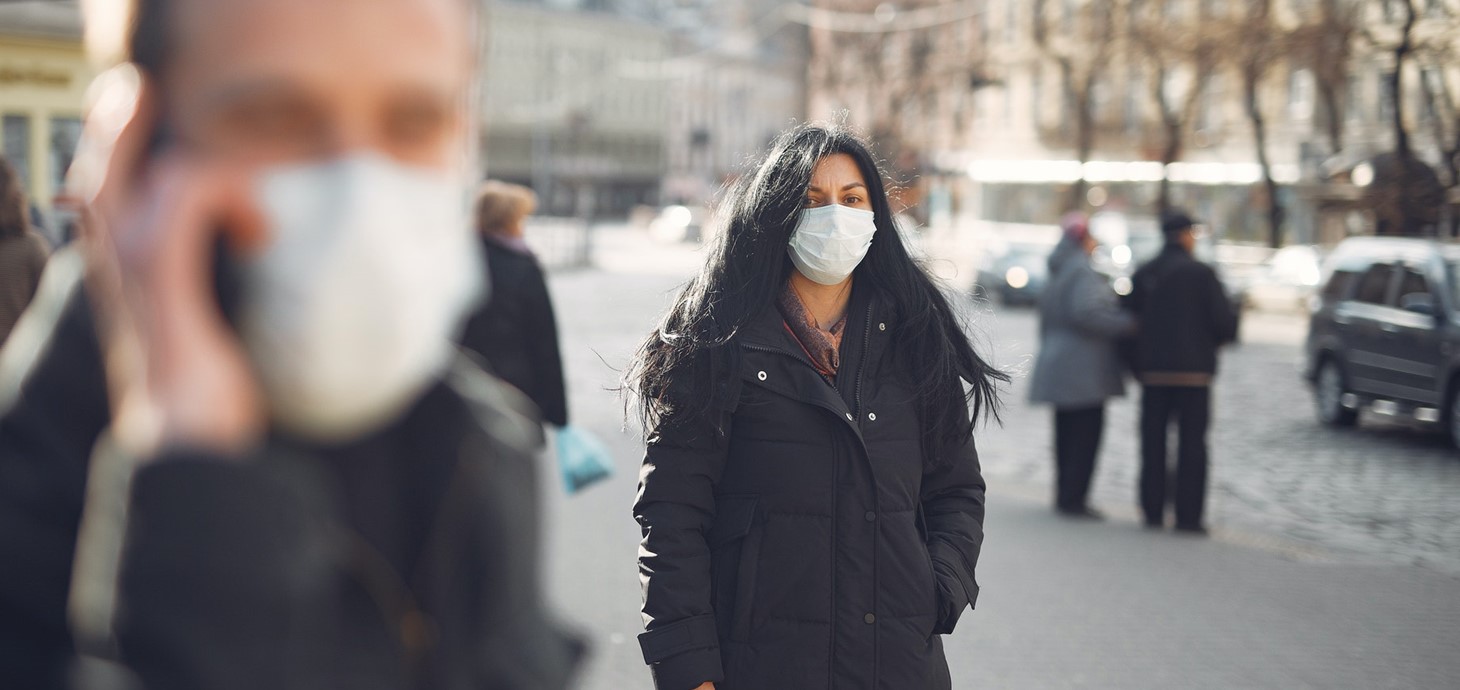These articles are now archived and will no longer be updated.

New research from Swansea University suggests that short, intensive lockdowns to flatten the COVID-19 epidemic curve could actually cost more lives – and instead the overall case numbers could be minimized by introducing a range of measures over a long period of time.
The research indicates that a key factor in the management of the pandemic in the weeks and months to come will be the introduction of realistic long-term measures that focus on lowering transmission rates throughout different population networks.
The research is a preliminary report published on medRxiv, a site used by researchers to share new findings on timely issues before they have been peer-reviewed for publication in a journal.
Research co-author, Dr Konstans Wells of the University’s College of Science said: “Without any vaccination available, disease control is a challenging task because it relies on combating pathogen spread by minimizing its encounter and escape from harmful infection. There is consensus that ‘flattening the epidemic curve’ by delaying disease spread through physical distancing measures, can lower the pressure on health services during the most critical periods of epidemic spread. Nevertheless, the long-term and large-scale outcomes of intensive short-term mitigation strategies are little understood.”
The research team have addressed this challenge by using an individual-based epidemiological modelling system to map the outcome of the spread of COVID-19 through various types of population grouping after one year. They explored a large range of possible scenarios of populations assembled into different networks of connections among each other and short-term lockdowns between 21-300 days that may affect either entire populations or only those being most vulnerable to severe disease effects.
The three types of mitigation measures used in the modelling were:
- No short-term intensive mitigation such as lockdowns.
- Whole-population lock-downs that periodically reduce transmission rates.
- Selective lock-downs, where only vulnerable individuals are subject to shielding.
The results of meticulously comparing how different short-term mitigation strategies may affect the overall number of cases in entire population networks, which may well represent country-wide conditions for disease spread, are intriguing. The team found that short-term lockdown strategies are not always beneficial. This is because in many scenarios, flattening the curve through lockdown strategies can facilitate disease spread among larger numbers of populations.
Co-author Dr Miguel Lurgi said: “It is impossible to maintain a strict lockdown for long enough to sufficiently protect entire populations but it is absolutely vital to enforce reliable long-term strategies to lower virus transmission.”
Amongst the long-term strategies that could be considered are:
- Rigorous distancing measures similar to those in place at supermarkets and other public places.
- ‘Rewiring’ professional and social contacts to reduce the risk of random connections and interactions, i.e. limit those connections most responsible for rapid disease spread and/or safeguard risky connections such as international trade with strict security measures
Dr Wells said: “Human population density and how they connect with each other along with travel and social behaviour, together set the stage for disease spread. These differ widely across the globe and so it is vital that informed decision making for rewiring interpersonal contacts and measures aimed at lowering transmission rates take regional conditions and feasibility into account. This will help policy makers planning adequate strategies to prevent overwhelming of health care systems worldwide, and, ultimately, will help to protect lives.”
Examining their results, the researchers conclude that simply looking at strategies to ‘flattened epidemic curve’ at national level is not an effective country-wide management strategy because the majority of cases occur in spatial clusters and also spread into remote regions with some delay. “Disease transmission depends on connections and if there are ways to safeguard or cut the most risky connections, then this could perhaps be better than overarching and socioeconomically detrimental lockdowns”, the researchers conclude.
